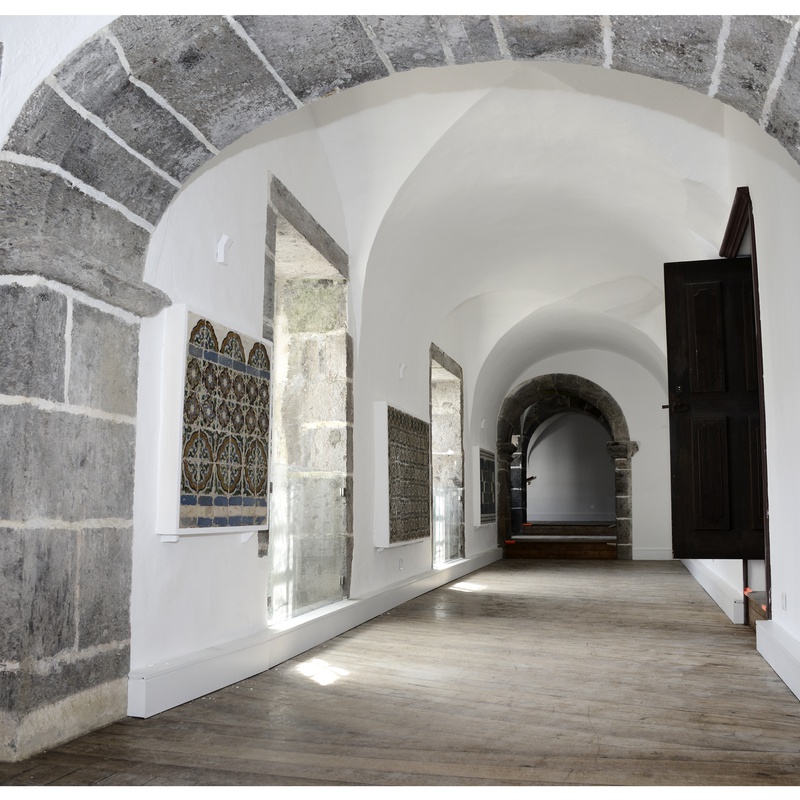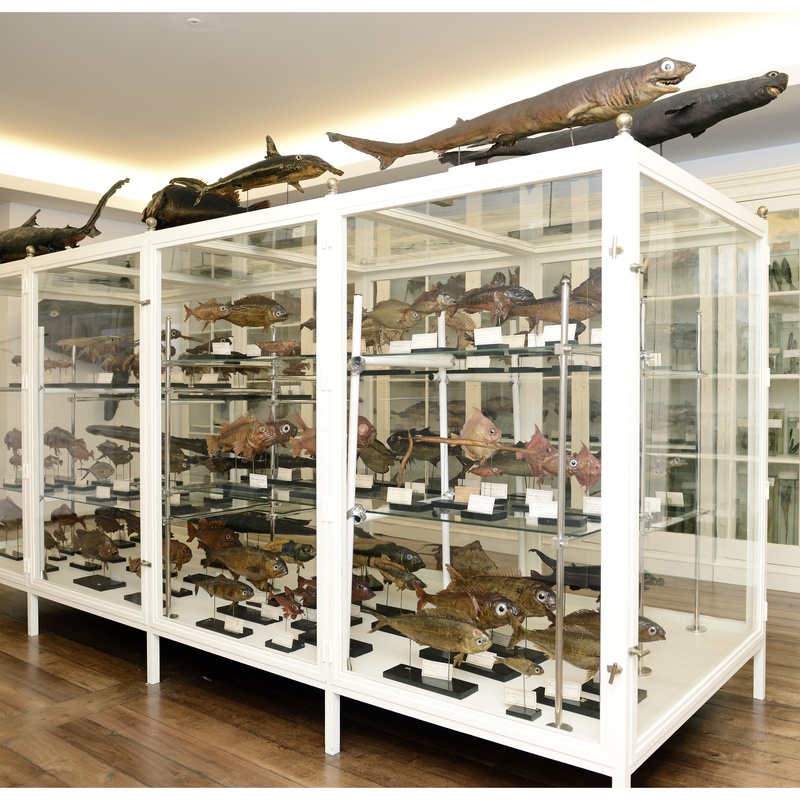The Sacred Art circuit focuses on the old College Church, where the lush façade, the resplendence of the altarpiece of the main altar, as well as the collection of 17th century tiles are assumed as a whole, in a unique monument of Baroque style. To this is added a gallery with a diversified collection where pieces from the 16th century stand out, as well as a valuable collection of works with a religious theme.
The Collection of Sacred Art is gathered in the Jesuit College Church of Ponta Delgada, a monumental example of religious architecture, inserted in the Baroque Circuit.
The gallery includes important pieces of Portuguese Art, such as a set of six 16th century paintings: “Santa Margarida and Santa Apolónia” and “Santa Catarina and Santa Bárbara”, made between 1510 and 1520, by the artists of the School of Coimbra, Vicente Gil and his son Manuel Vicente and also four paintings entitled “Martyrdom Saints of Lisbon - Annunciation of Martyrdom, Arrival in Lisbon, Flagellation and Death by Dragging” carried out around 1530 by Garcia Fernandes.
The Sacred Art collection of the Museum also includes several sacred figures of Christianity, where the Good Shepherd stands out, representing one of the iconographic motives of greater projection and interest, which reflects the fusion of cultures between the West and the East.
On display in the nave and sacristy are paintings and sculptures from the 17th and 18th centuries, with emphasis on the Coronation of the Virgin, by Vasco Pereira Lusitano (1535 - 1609), painted in Seville in 1604, and paintings that represent steps of the life of Saint Francis Xavier, attributed to Bento Coelho da Silveira (1620-1708).
Museu Carlos Machado
Duarte Manuel Espirito Santo Melo
Silvia Massa
Silvia Massa, Francisco Pimentel
Francisco Pimentel

This tour presents the architectural characteristics of past convent buildings, but also the diversity of spaces, their dynamics and purposes, as well as exploring the way of life of the Poor Clares belonging to the female branch of the Order of Friars Minor, founded by Saint Francis of Assisi.

The Natural History Circuit presents a naturalist collection that was the basis for the Museum. It is distributed over 8 rooms where diversity, knowledge and the exotic, along with different fields of scientific knowledge, are exhibited, with special importance to zoology, geology, mineralogy and botany.